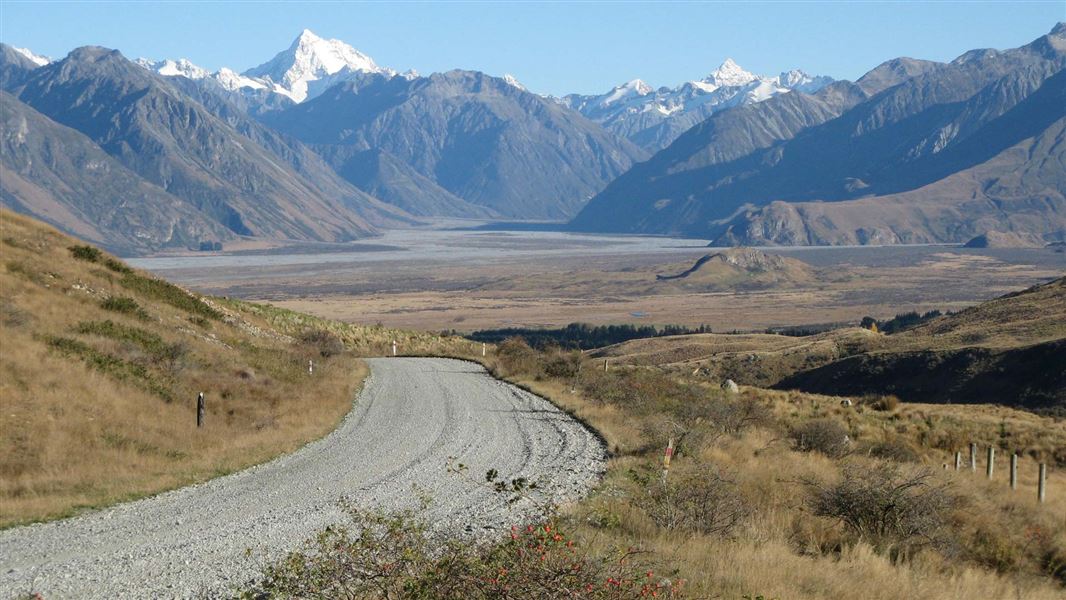The park was part of the seasonal trail of mahinga kai and resource gathering. Knowledge of these trails continues to be held by whānau and hapū and is regarded as taonga. Mahinga kai resources taken from the area include: tuna/eels, weka, kākā, kererū, tūi, pūkeko, aruhe / fern root, kiore, kōkopu, tikumu and ti kōuka/ cabbage tree.
A Statutory Acknowledgement and Deed of Recognition has been placed over the area through the Ngāi Tahu Settlement Act 1998, to formally acknowledge the association and values that Ō Tū Wharekai (Ashburton Lakes) holds for Ngāi Tahu.
In this area pastoral farming, particularly merino sheep farming, was the dominant activity in early days of European settlement. Within the park, there is evidence of this in the historic hut at Lake Emma, the Hakatere Station buildings, musterers’ huts and pack tracks. Native vegetation, regarded as an obstruction to travel and grazing, was often cleared by burning.
Hakatere Conservation Area (Barossa)
When Barrosa pastoral lease completed the tenure review process in July 2010 around 4,840 hectares became public conservation land.
Heritage sites
Historic features in the Hakatere Conservation Park area include:
